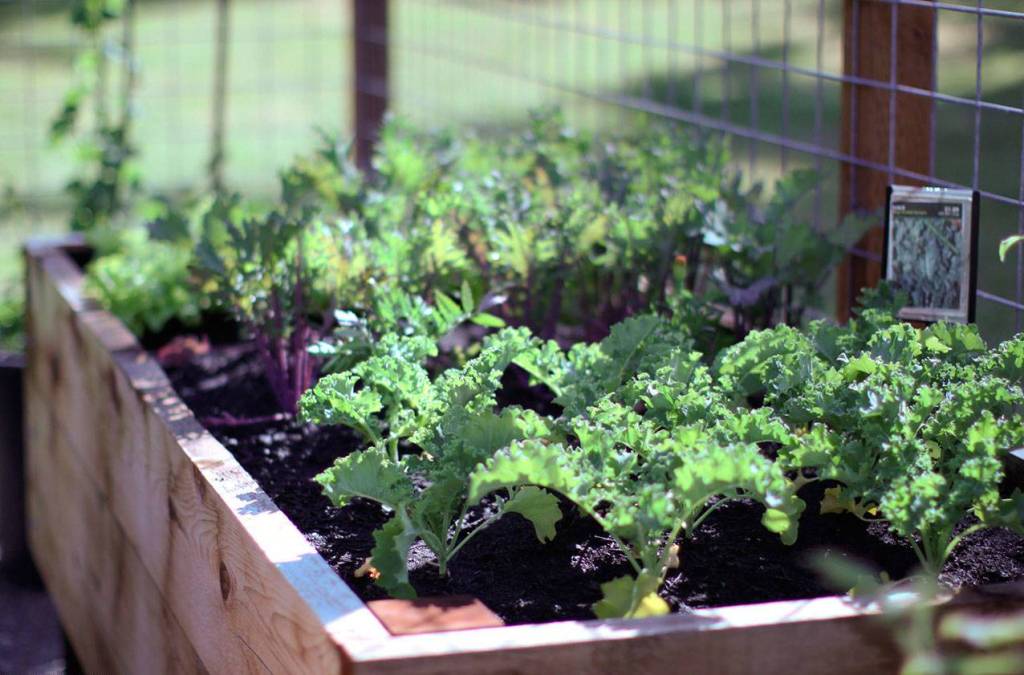One of the most interesting aspects of gardening is the identification of gardens with different climates. In these places, you can grow plants that may be different from the plants of our neighbors and friends. With climate detection, gardeners can also plant a garden for the best result.
To understand the microclimate, you need to understand your garden, its orientation, soil, slope (if any), shelter, home atmosphere, building, and everything that directly affects the location. Gardeners also need to understand the microclimate of rainfall, sunshine, prevailing winds, types of wind, sudden changes in temperature, and the like.
What is Microclimate?
As science shows, a microclimate is a place in the world where there are many weather conditions different from other areas around this place. These differences may be small or significant depending on many factors, such as the appearance of the region.
Typically, the microclimate refers to regions of different sizes. They can vary from a few square meters, such as a garden bed, or they can reach several square kilometers in exceptional climatic conditions. Microclimate can be found in many places around the world. The two main parameters used to determine the microclimate in an area are temperature and humidity.
Significance of a Microclimate
Some microclimates around the world have proved useful because they provide gardeners with a small region where they can grow different plants that cannot grow in neighboring regions. This gives gardeners the perfect opportunity to select plants and classify them under the best climatic conditions.
The microclimate is also a special environment that can be placed in a limited space for creation, processing, and storage in places such as shop windows and storage areas. This is done using passive methods, such as silica gel or active conditioning.
The type of soil in that area can have a significant impact on the microclimate. Therefore, it is known that heavy clay soils close to the ground have a moderate temperature. On the other hand, soil with many air bubbles offers the possibility of storing heat under the soil surface, which increases the risk of freezing close to the soil.
Differences of Soil in Microclimates
Factors may include colder or warmer soils, sunny or shady conditions with varying levels of humidity. For example, consider the circumstances surrounding the foundation of a house. Since some areas are shady and the grass is unlikely to grow, these areas are ideal for some plants that love the shade.
If the base areas go through the rain and remain wet for a long time, you can grow plants that prefer moist shadows and high humidity. These plants are unlikely to work well in dry and sunny areas of your landscape. Use microclimatic soils to grow different types of samples that you like.
Your microclimate may be dry from the warm clay floor of the shady courtyard. This makes it possible to grow several instances that love warmth. Land in these areas may differ from the rest of the property, or it may be the same. If necessary, it can be changed for a specific type of installation.
Wind also affects soil and microclimate. This can remove moisture and make the area warmer or colder depending on the direction.
Microclimatic soils are rich in orchards that can grow in the corner of the plot or under a mixed shrub. Trees and shrubs cover the area and offer a different environment than the surrounding landscape. Needle samples can affect soil and microclimate by adding nutrients.
For example, we often see host plants that love the shade under the trees. However, many other shade-tolerant plants love microclimate. Try planting the seal of solomon and others that are not visible in all street gardens. Look for Rodgersia with large, attractive leaves and colorful feathers in mid-summer.
If there is enough room for microclimate in the soil, add one as a background for others that grow well under these conditions. Consider shade-tolerant ferns or Brunnera for plants that are not used so often.
Conclusion
It is much more difficult to determine the microclimate for a new garden because there are a limited number of factors affecting the microclimate in this place. With additional protection, soil formation, soil changes, and plant growth, there are more ways to identify and create a microclimate throughout the home. In more developed gardens, it is much easier to identify the microclimate.
The intentional creation of a microclimate requires adaptation of factors (soil, protection, contours, sun, etc.) to create the right microclimate conditions required in the garden. If you understand the basics, you can make adjustments more easily to achieve the desired microclimate. The interaction of all these factors may be required for some microclimates, but others may require only one or two adjustments.
Creating and using the microclimate helps gardeners create the desired garden type and style.



